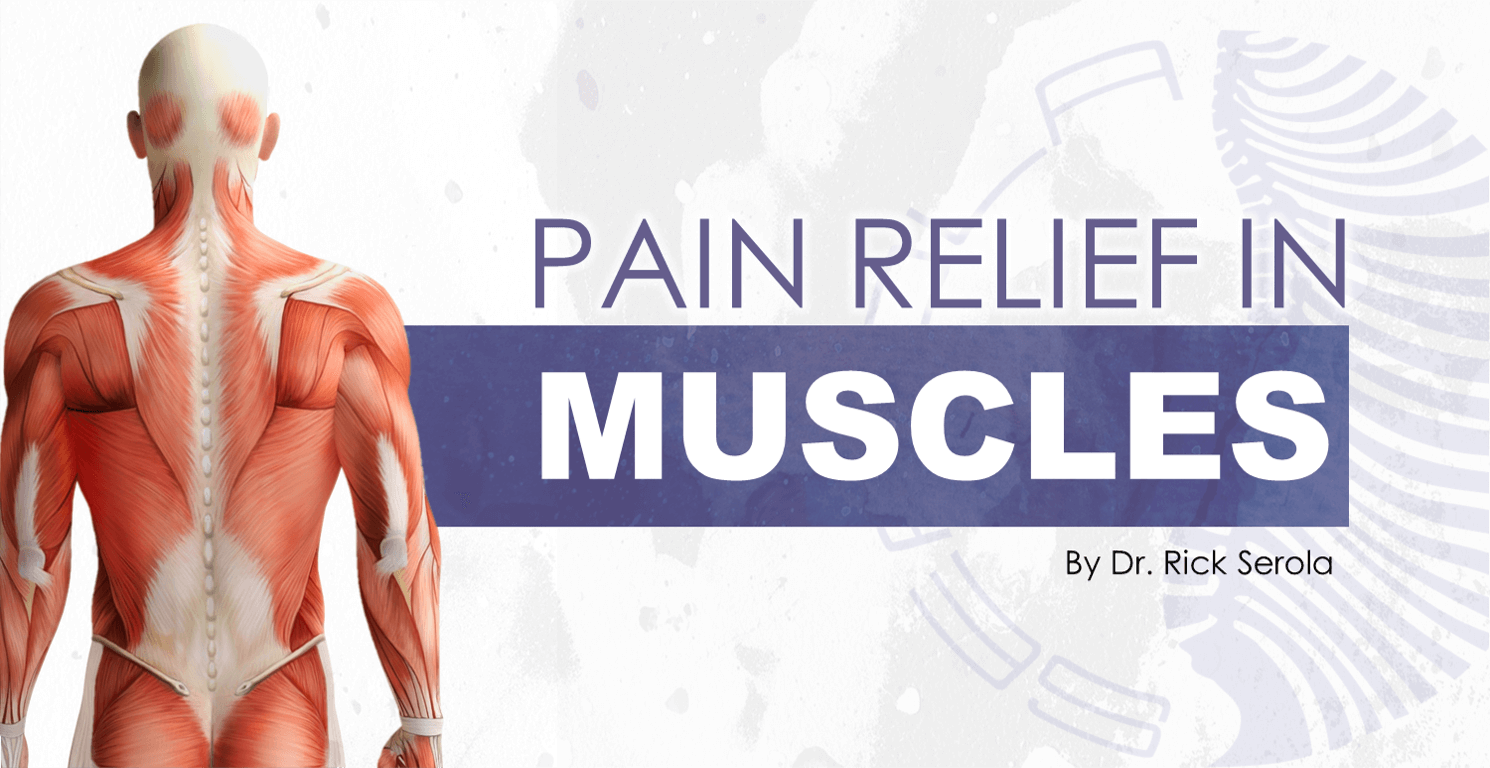
Sometimes we get aches and pain in muscles, and we are not sure what is the best thing we can do to find relief. Should we take medication, stretch, exercise, apply heat or ice, massage, vibration, etc. Basically, we can classify these types of pain relief to one central cause and effect based on reduced circulation.
First, we have to understand muscle tone, which is the state of tension in a muscle while at rest. Balanced muscular tone allows greater strength, energy, flexibility, reactivity, and overall health. Conversely, unbalanced tone can reduce all of the above. The question is what do we mean by “balanced?”
Let’s take the elbow as an example. During flexion, the biceps brachii, etc. (agonists) pull the elbow into flexion while the triceps, etc. (antagonists) release the joint so that it may flex. As the tension increases in the agonists, it decreases in the antagonists, but both remain enough in tone so that tension in the joint itself remains relatively constant. All joints have this agonist/antagonist relationship.
Muscles don’t regulate themselves, i.e., there is another element that requires balanced tension; the ligaments within the joint itself. Just like the agonist/antagonist relationship of the muscles, there is a similar relationship between the muscles that move a joint and the ligaments within the joint. For a better explanation, please see: Muscle-Ligament Role in Joint Tension.
When the joint is injured, the relationships are thrown out of balance as the ligaments within the joint are sprained. Reflexes come into play which tighten the muscles that move the joint away from injury (becoming hypertonic) and inhibit those that move the joint toward injury (becoming hypotonic). To maintain balanced tension in an injured joint, the muscles become unbalanced. This exemplifies the adage that ligaments rule and muscles adapt.
Both sets of muscles may suffer from decreased circulation because they no longer can pump efficiently. Decreased circulation lessens the amount of oxygen that reaches the tissues and reduces the removal of cellular waste products, both of which can lead to pain.
The key is to increase circulation; we can do that by numerous means. Here is a generalization of some popular methods, including benefits and drawbacks:
|
|
|
|
|
|
|
|
Pain relief does not always mean healing. Methods to relieve pain and increase your quality of life are available, but not always understood, even by many professionals. With knowledge, you can evaluate your treatment options and make the best choice for yourself. Hopefully, this article gives you a sense of what you can do when you suffer muscular pain. With any injury, the most important thing you can do is think!

